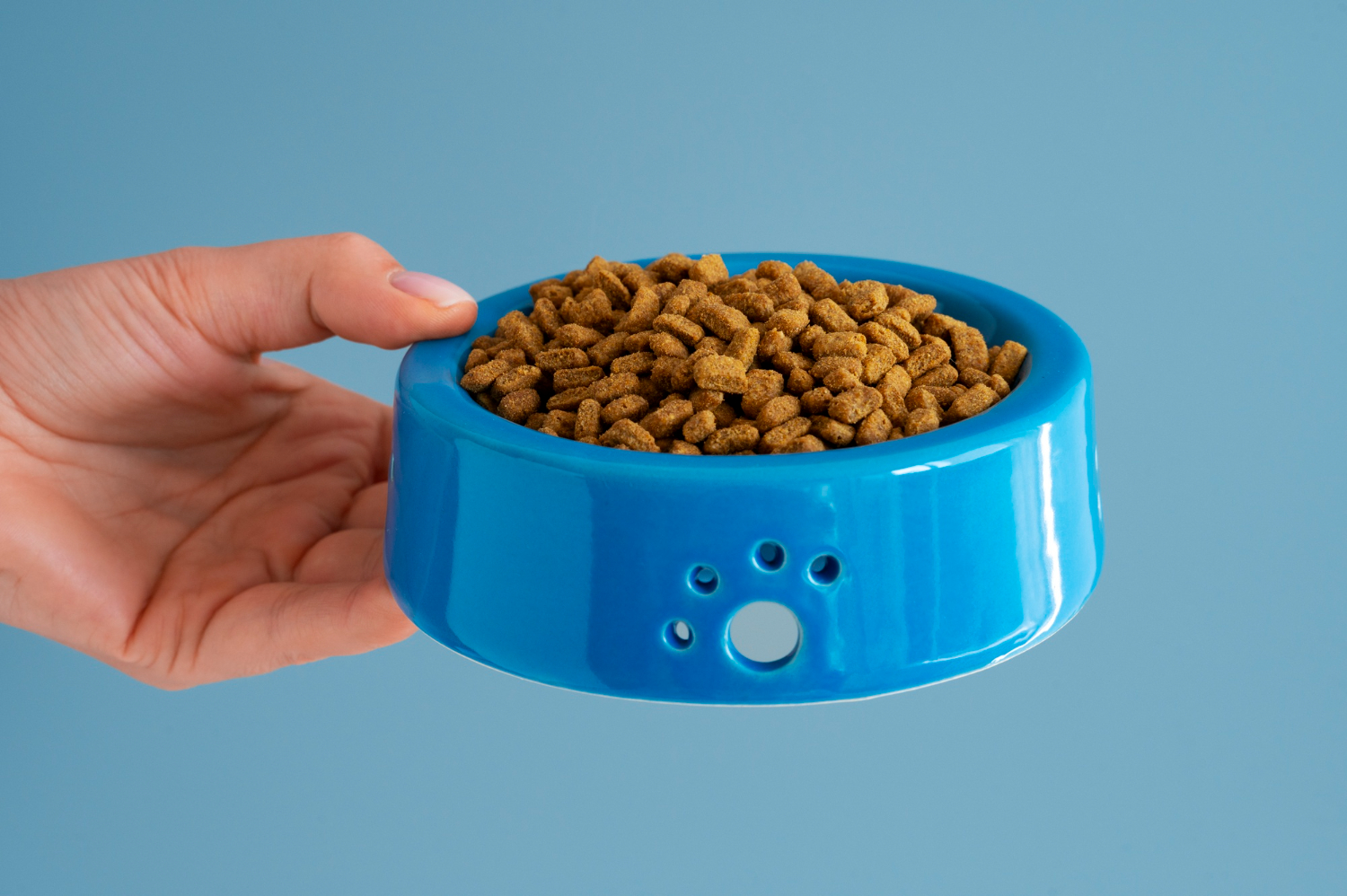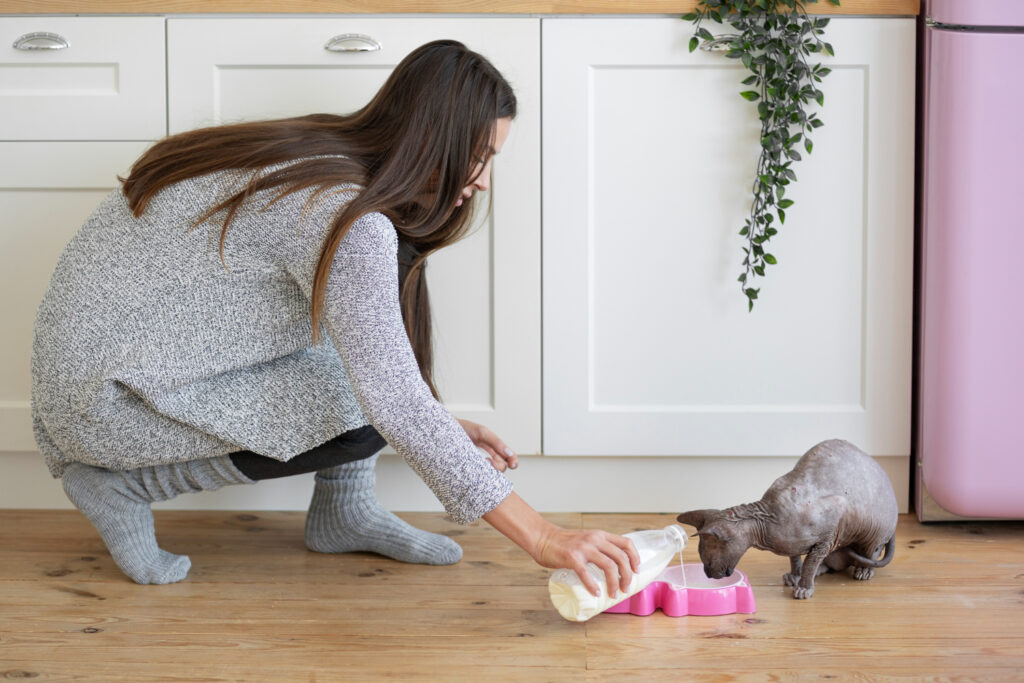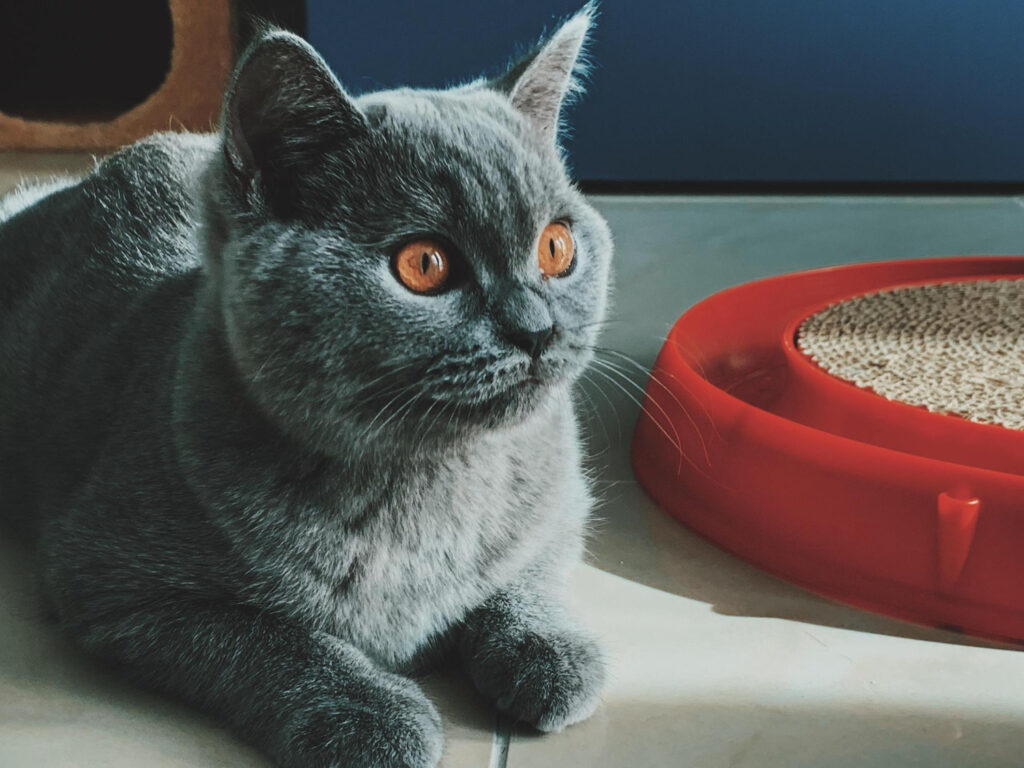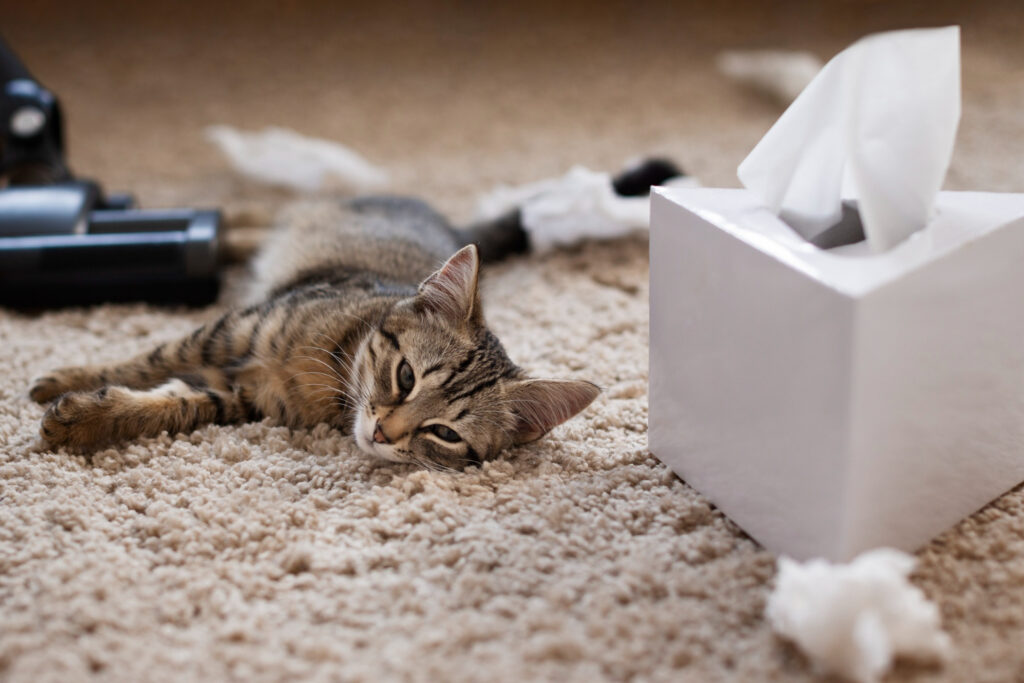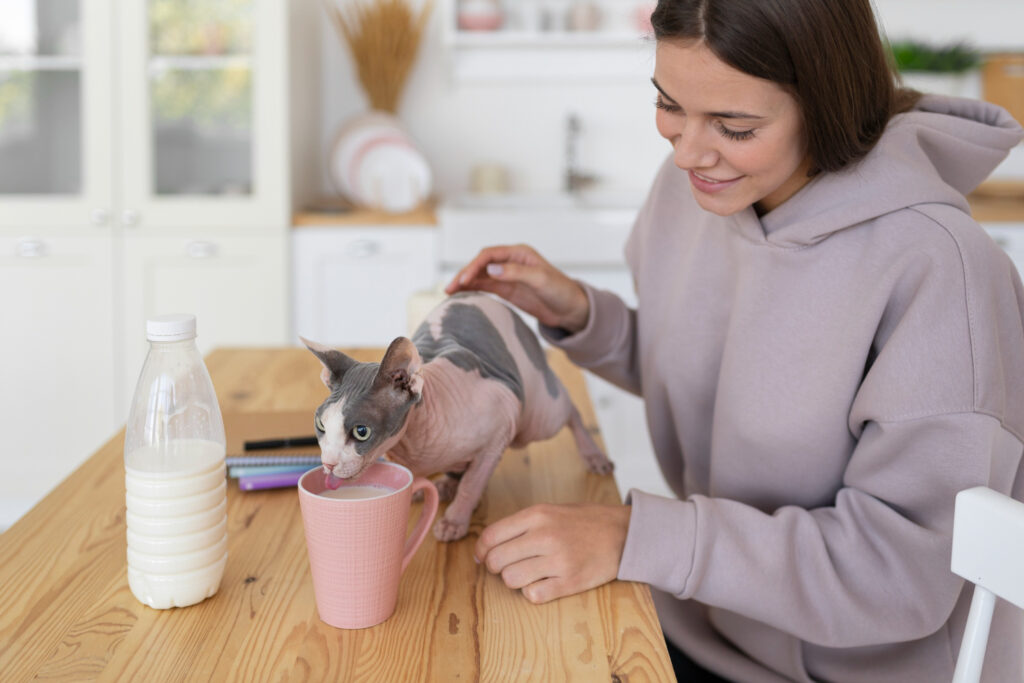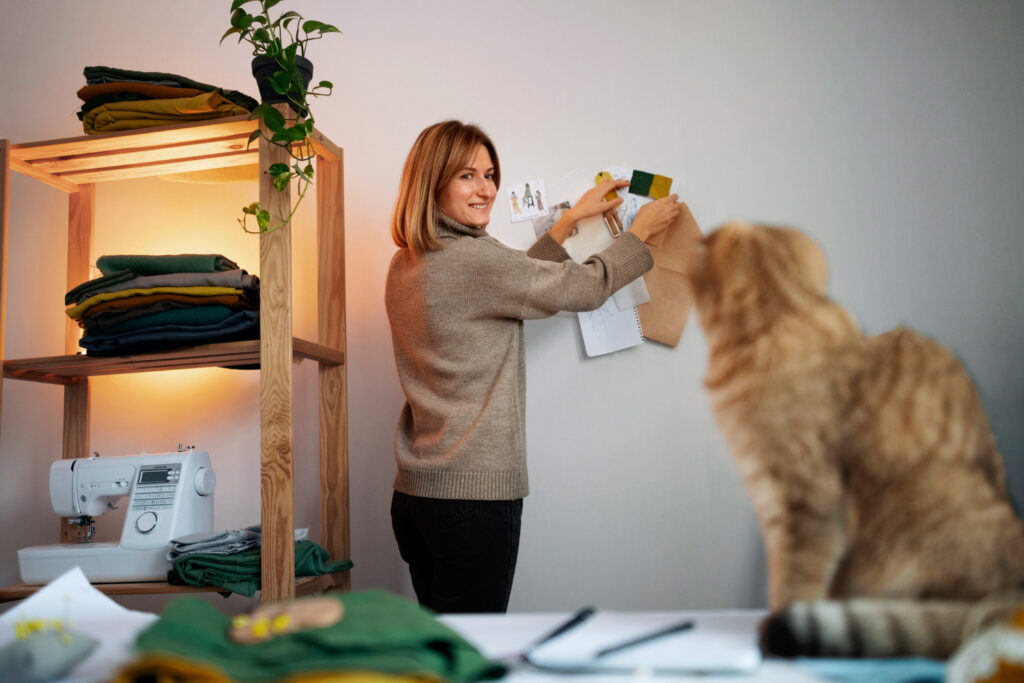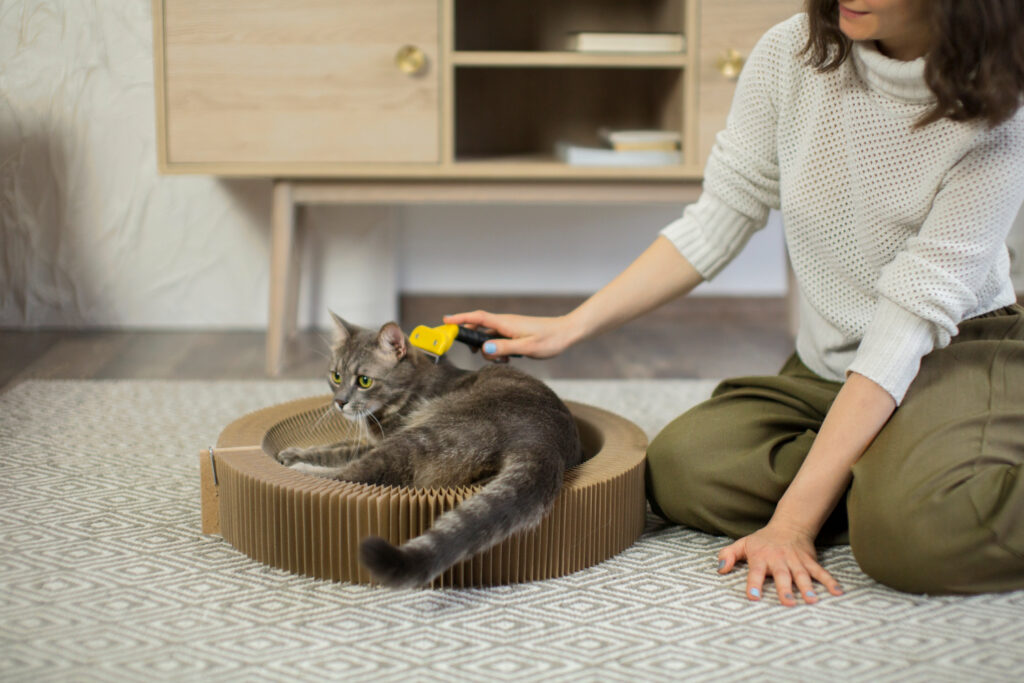Are you a cat owner wondering how often you should change your feline friend’s litter? Look no further, as we’ve put together the ultimate guide to ensure your furry companion stays happy and healthy. Keeping your cat’s litter box clean is not only essential for their physical well-being but also for their mental health and overall hygiene. In this comprehensive article, we’ll delve into the ideal frequency for changing cat litter, taking into account factors such as the number of cats in your household, the type of litter you’re using, and your cat’s individual preferences. We’ll debunk common misconceptions and offer practical tips to make the litter-changing process a breeze. Whether you’re a new cat parent or a seasoned pro, this ultimate guide has got you covered. Your cat will thank you for providing a clean and comfortable bathroom experience, and you’ll enjoy the peace of mind that comes with knowing you’re giving them the best care possible. So, let’s dive in and discover the secrets to a happy and healthy feline!
Importance of Regular Cat Litter Changing
Maintaining a clean litter box is crucial not only for your cat’s health but also for their overall well-being and happiness. Cats are naturally clean animals, and a dirty litter box can lead to several issues. Firstly, dirty litter can cause discomfort and irritation to your cat’s paws, leading to them avoiding the litter box altogether. Secondly, a dirty litter box can become a breeding ground for bacteria, leading to urinary tract infections and other health problems. Finally, a dirty litter box can cause stress and anxiety in your cat, as they prefer a clean and odor-free environment.
To ensure your cat’s litter box is a pleasant and inviting space for them, it’s important to establish a regular cleaning routine. This not only involves scooping out waste but also changing the entire litter as needed. By doing so, you’ll be providing your cat with a clean and hygienic bathroom environment, promoting their physical and mental well-being.
Factors to Consider When Determining How Often to Change Cat Litter
Determining the ideal frequency for changing cat litter depends on a variety of factors. These factors include the number of cats in your household, the type of litter being used, and your cat’s individual preferences.
The number of cats in your household plays a significant role in how often you should change the litter. The more cats you have, the more frequently the litter box will need to be cleaned. As a general rule, it’s recommended to have one litter box per cat, plus an extra one. This ensures that each cat has their own space and reduces the likelihood of litter box issues.
The type of litter you choose also affects the frequency of changing. Some litters have better odor control and clumping properties, allowing for longer intervals between changes. Additionally, cats may have their own preferences when it comes to litter texture and scent. It’s important to observe your cat’s behavior and adjust the litter-changing frequency accordingly.
Signs That Indicate It’s Time to Change the Cat Litter
While establishing a regular cleaning routine is essential, there are also signs to watch out for that indicate it’s time to change the cat litter. These signs can vary depending on your cat’s individual habits and preferences, but some common indicators include:
- Odor: If you notice a strong and persistent odor coming from the litter box, it’s a clear sign that the litter needs to be changed. Cats have a strong sense of smell, and they may avoid using a dirty litter box.
- Clumping: Clumping litter is designed to form solid masses around urine and feces, making it easier to scoop out. If the clumps become too large or start to break apart, it’s a sign that the litter needs to be changed.
- Visible Waste: If you can see visible waste in the litter box, it’s a clear indication that it’s time for a full litter change. Scooping alone may not be sufficient in this case, as the litter may have absorbed odors and bacteria.
- Litter Depth: Over time, the litter level may decrease due to scooping and your cat’s digging behavior. If the litter depth becomes too shallow, it’s a sign that the litter needs to be replenished.
By paying attention to these signs and adjusting your cleaning routine accordingly, you can ensure that your cat always has a clean and inviting litter box.
Different Types of Cat Litter and Their Lifespan
When it comes to choosing cat litter, there are various options available, each with its own lifespan. Understanding the different types of litter and their characteristics can help you determine how often you should change the litter.
- Clay Litter: Clay litter is one of the most common types and is known for its affordability and clumping properties. It forms solid clumps when it comes into contact with moisture, making it easy to scoop out. However, clay litter needs to be completely changed more frequently compared to other types, as it can retain odors and lose its clumping ability over time.
- Silica Gel Litter: Silica gel litter is made from silica crystals and is highly absorbent. It has excellent odor control and can last longer than clay litter. However, it’s important to monitor the condition of the litter and change it when it becomes saturated or loses its effectiveness.
- Natural and Biodegradable Litter: Natural and biodegradable litters, such as those made from corn, wheat, or recycled paper, are becoming increasingly popular. These litters are eco-friendly and offer good odor control. However, their lifespan may vary depending on the brand and specific litter material. It’s important to follow the manufacturer’s guidelines and monitor the litter’s condition.
- Wood Pellet Litter: Wood pellet litter is made from compressed wood fibers and has good absorbency. It’s a natural and biodegradable option that can last longer than clay litter. However, it may require more frequent scooping and occasional top-ups to maintain cleanliness.
Remember to consider your cat’s preferences and any specific health conditions they may have when choosing the type of litter. This will ensure that your cat is comfortable and happy with their litter box.
How Often to Scoop Cat Litter
Scooping the litter box is an essential part of maintaining cleanliness and hygiene. Regular scooping helps remove waste and prevents odor buildup. The frequency of scooping depends on the number of cats in your household and their litter box habits.
As a general guideline, it’s recommended to scoop the litter box at least once a day. This helps remove any solid waste and prevents bacteria from multiplying. However, if you have multiple cats or if your cat has a larger-than-average litter box usage, more frequent scooping may be necessary. Observing your cat’s behavior and keeping an eye on the litter box cleanliness will give you a better idea of how often scooping is required.
In addition to daily scooping, it’s a good practice to check the litter box throughout the day and remove any clumps or waste as soon as possible. This ensures that the litter box remains clean and odor-free, providing a comfortable experience for your cat.
How Often to Completely Change Cat Litter
While scooping helps maintain cleanliness on a daily basis, it’s also important to completely change the cat litter at regular intervals. The frequency of changing the litter depends on various factors, including the type of litter, the number of cats, and your cat’s litter box habits.
As a general rule, it’s recommended to completely change the cat litter every 2 to 4 weeks. This timeframe allows for adequate odor control and hygiene. However, if you notice any of the signs mentioned earlier, such as persistent odor, visible waste, or clumping issues, it may be necessary to change the litter more frequently.
When changing the litter, it’s important to thoroughly clean the litter box with mild soap and water. This removes any lingering odors or bacteria that may have accumulated over time. Once the litter box is clean and dry, add a fresh layer of litter to the desired depth, ensuring that it’s comfortable for your cat to dig and cover their waste.
Tips for Maintaining a Clean Litter Box
In addition to establishing a regular cleaning routine, here are some tips to help maintain a clean and inviting litter box for your cat:
- Use a litter mat: Placing a litter mat outside the litter box can help trap any litter particles that may get stuck to your cat’s paws. This reduces the amount of litter tracking throughout your home and keeps the area around the litter box cleaner.
- Provide enough litter box space: Cats appreciate having enough space to move around and choose the perfect spot to do their business. Ensure that the litter box is large enough to accommodate your cat comfortably. This also reduces the likelihood of litter spillage and accidents.
- Consider a covered litter box: Covered litter boxes offer more privacy for your cat and help contain odors. However, it’s important to ensure that the covered box is well-ventilated to prevent odor buildup and provide a comfortable environment for your cat.
- Regularly inspect and clean the litter box: Take the time to inspect the litter box daily for any signs of waste or clumps. Remove any visible waste and clean the litter scooper to prevent cross-contamination. Regular cleaning and maintenance will help keep the litter box fresh and hygienic for your cat.
Common Mistakes to Avoid When Changing Cat Litter
While maintaining a clean litter box is essential, there are some common mistakes to avoid to ensure your cat’s comfort and well-being:
- Abrupt changes in litter type: Cats are creatures of habit and may be resistant to sudden changes in litter type. If you decide to switch to a new litter, do so gradually by mixing small amounts of the new litter with the old one. This allows your cat to become accustomed to the new texture and scent without causing stress or aversion.
- Using strong-scented products: While it may be tempting to use strong-scented products to mask odors, these can be overwhelming for cats. Cats have a highly sensitive sense of smell, and strong scents can deter them from using the litter box. Opt for unscented litter and avoid using heavily scented cleaning products.
- Neglecting litter box placement: The location of the litter box is important for your cat’s comfort and accessibility. Avoid placing the litter box in noisy or high-traffic areas, as this may cause stress or make your cat feel unsafe. Choose a quiet and secluded location where your cat can have privacy and peace.
- Not providing enough litter box options: If you have multiple cats, it’s crucial to provide enough litter box options to prevent territorial issues. Having multiple litter boxes distributed throughout your home ensures that each cat has their own space and reduces the likelihood of litter box conflicts.
By avoiding these common mistakes and following the guidelines mentioned earlier, you can ensure that your cat’s litter box experience is stress-free and enjoyable.
Cat Litter Alternatives and Their Maintenance Requirements
While traditional cat litter is the most common choice, there are alternatives available that may suit your cat’s needs or your personal preferences. Here are a few options and their maintenance requirements:
- Recycled Paper Pellets: Made from recycled paper, these pellets are highly absorbent and biodegradable. They require regular scooping of waste and occasional top-ups to maintain litter depth. Complete litter changes are typically required every 2-4 weeks.
- Pine Pellets: Pine pellets are made from compressed sawdust and have natural odor control properties. They require regular scooping and occasional top-ups. Complete litter changes should be done every 2-4 weeks, or sooner if needed.
- Natural Grass Litter: Natural grass litter is made from dried grass and offers good odor control. It requires regular scooping and occasional top-ups. Complete litter changes are typically needed every 2-4 weeks.
- Shredded Newspaper: Shredded newspaper is an eco-friendly option that requires regular scooping of waste and frequent top-ups. Complete litter changes should be done every 1-2 weeks.
When considering alternative litters, it’s important to monitor your cat’s response and ensure that they are comfortable using the new litter. Some cats may have specific preferences or sensitivities, so it’s important to observe their behavior and adjust accordingly.
Conclusion: Finding the Right Cat Litter Changing Frequency for Your Feline Friend
Keeping your cat’s litter box clean is essential for their well-being and happiness. By establishing a regular cleaning routine and considering factors such as the number of cats, litter type, and individual preferences, you can determine the ideal frequency for changing cat litter.
Remember to observe your cat’s behavior and watch out for signs that indicate it’s time for a litter change. By maintaining a clean litter box and providing a comfortable bathroom environment, you’ll ensure that your furry friend stays happy and healthy.
Whether you choose clay litter, silica gel litter, natural and biodegradable options, or alternative litters, the key is to find what works best for your cat and their unique needs. With proper care and attention, you’ll create a clean and inviting litter box experience for your feline companion.
